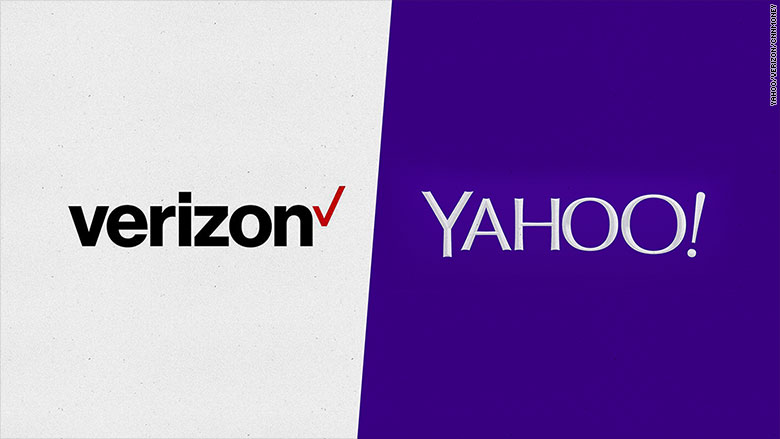by George Simpson, Featured Contributor, August 11, 2016

I did something this week that perhaps nobody in history had done before Verizon’s acquisition of Yahoo: I visited both AOL and Yahoo. With the knowledge that Facebook’s ad revenue last year was about $18 billion and that Google will probably collect more than $75 billion this year, I was curious to see for myself why some people, including the ever-optimistic Tim Armstrong, think that a combined AOL (-$6 billion) and Yahoo ( -$5 billion) can compete against Facebook and Google.
Armstrong told his owned-and-operated TechCrunch that the rationale for the deal is the combined scale of the two companies. He said that Yahoo reaches 1 billion users, which should help AOL “compete for the future” and reach its goal of 2 billion users.
Unless I am mistaken, there is a significant difference between someone logging into a social media platform and being served ads in their (probably mobile) news feed — and someone being served an ad after they search for a particular item to buy and wandering into Web “portals” (remember those?), which put on their front news pages stories like “Firefighters rescue 8 kittens from storm drain” (AOL) and “Renee Young calls Daniel Bryan a hero for once finishing a match after his dong fell out” (Yahoo).
While both AOL and Yahoo offer email (although the world has moved on to texting) and search, their content is not compelling enough to spend any significant time there. If I want link bait, I can get plenty at Buzzfeed and The Daily Mail, or on any site that runs that crap from Taboola or Outbrain. And I think it will be a long while before either Verizon site offers original video content that will make me rethink Netflix or stop plowing through the list of of 20 or so shows I DVR each week. So basically there is no reason to have either AOL or Yahoo — or the two combined — as a destination.
There was a time when people killed time on the Internet clicking from one site to another, following link bait and reading about who was getting divorced next in Hollywood, but social media — especially Facebook — is how you kill time today, since all of your friends are acting as discovery agents, sending you stories to read and videos to watch.
For most of us the Internet is now more of a tool to be used when you need to buy something, look up a fact or figure or can’t remember the right oven temperature to roast a chicken. When big news breaks, the temptation is still to head to cable news, but if you are not in the same room as a TV, there is your phone — onto which lots of sites now push the news.
There was a time when you had to sit at a desktop to play video games. Now you can do it on a subway ride. Same with email. Same with music videos, etc, etc. So, increasingly the only time you actually sit at a desktop or laptop is because your work requires it. I mean you CAN do a 20-panel PP deck on your phone, but it is torture.
Yet a billion people kill time on Yahoo. Really? And Tim thinks that the uber-Verizon combo can double that, even through there is hardly any difference in what the sites offer now. Are “people who kill time” an audience segment that anyone wants? I tend to think that people who actually HAVE time to kill are C&D county folks with a shrinking amount of discretionary income. You know, kind of like Trump supporters.
With 123 million cell-phone customers, Verizon has a leg up on being able to target down to some pretty specific parameters, but there is a massive difference between ads served into mobile browsers and those served into native environments like Facebook (especially since most folks spend most of their time in apps when tapping the Web by phone.) Maybe uber-Verizon will become a series of vertical content apps?
What do you think? How do you see this expensive mess playing out?
MediaPost.com: Search Marketing Daily
(42)